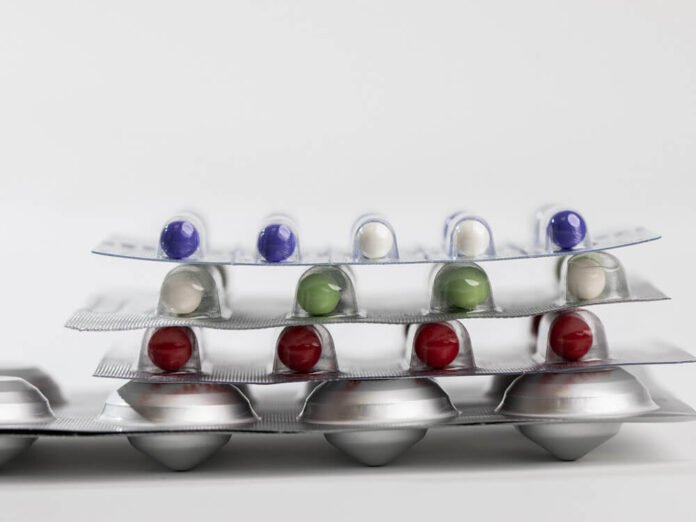Blister packs have become a common way of packaging items, especially in the pharmaceutical industry. People prefer these due to their cost-effectiveness, reliability, and durability. Unfortunately, their quality doesn’t mean that they are unbreakable. Although rare, packs can have external leakage, hence the need to determine whether or not they are leaking.
Leak Detention Check in the Blister Pack
A tear or hole in a blister pack can often cause product leakage or spoil its content. There are a few ways to check for leaks in product containers before opening them. The methods chosen for blister leak testing depend on the content of the package. Therefore, let’s see how the leak test for blister packaging works using various methods.
Bubble Leak Test
The bubble test for a leak in a blister package employs the technique of water and vacuum. The initial step is to fill the chamber with water to detect bubbles. The process involves using a special tape and a needle that goes into the package. This needle connects to a device that inflates air into the product container.
As you continue injecting more air, the areas with leaks will release bubbles into the water. If the package is intact, you’ll not see any bubbles, meaning its content is safe for use. Packages that release bubbles mean they have a leak, and the content inside is more likely contaminated.
Pressure Rise Test
This method tests leaks in blister packages by trapping pressure in a chamber containing the product. The transducer measures any changes in pressure inside the product container. If the pressure changes, the package has a leak, causing the pressure to drop. When the blister is intact, it will not suck in pressure; therefore, the transducer would not record any pressure changes.
The pressure rise test produces precise results. Hence, it is highly reliable in the pharmaceutical industry. The devices are easy to use, thus reducing the margin of error. It is advisable that the testing should be done twice at intervals of two hours to facilitate reliable results.
Bombing Test
In the bombing test, the first step is placing the blister pack that needs testing in the helium chamber. Helium at high pressure then fills the compartment. The next step is backfilling the sample’s interior volumes with a tracer gas through a leak channel. If the tracer gas escapes into the package, it leaks. Intact product containers would not let the tracer gas in.
The method is simple and highly reliable because it offers precise results. The only drawback is that it can take a long period to test, especially when the package has a small leak. When it comes to large openings, the tracer gas will diffuse fast. It also requires close monitoring to determine the leak’s location as soon as the gas diffuses.
Helium Leak Test
The helium leak test is the most common method for testing vacuum packages. It involves injecting helium into a product container through a tube. The package under test and a reference are then heated under vacuum at different rates to see if gases come out of them. If no gas escapes, it’s considered leak-free. If gases escape from the product containers, they have leaks, and their content might be unsafe for use, especially in the pharmaceutical sector.
Conclusion
The effectiveness of a leak detector depends on whether or not it will damage the contents of the packages. The best part about vacuum leak detectors is that they don’t destroy what’s inside the product containers. Different vacuum detectors are your best option if you are looking for tools that provide precise results. These detectors ensure products are safe for use.
At Seal-Check, we have the expertise you need to ensure that all of your blister packages and the products inside them will arrive safely into the hand of your clients. Contact us today to learn more!


